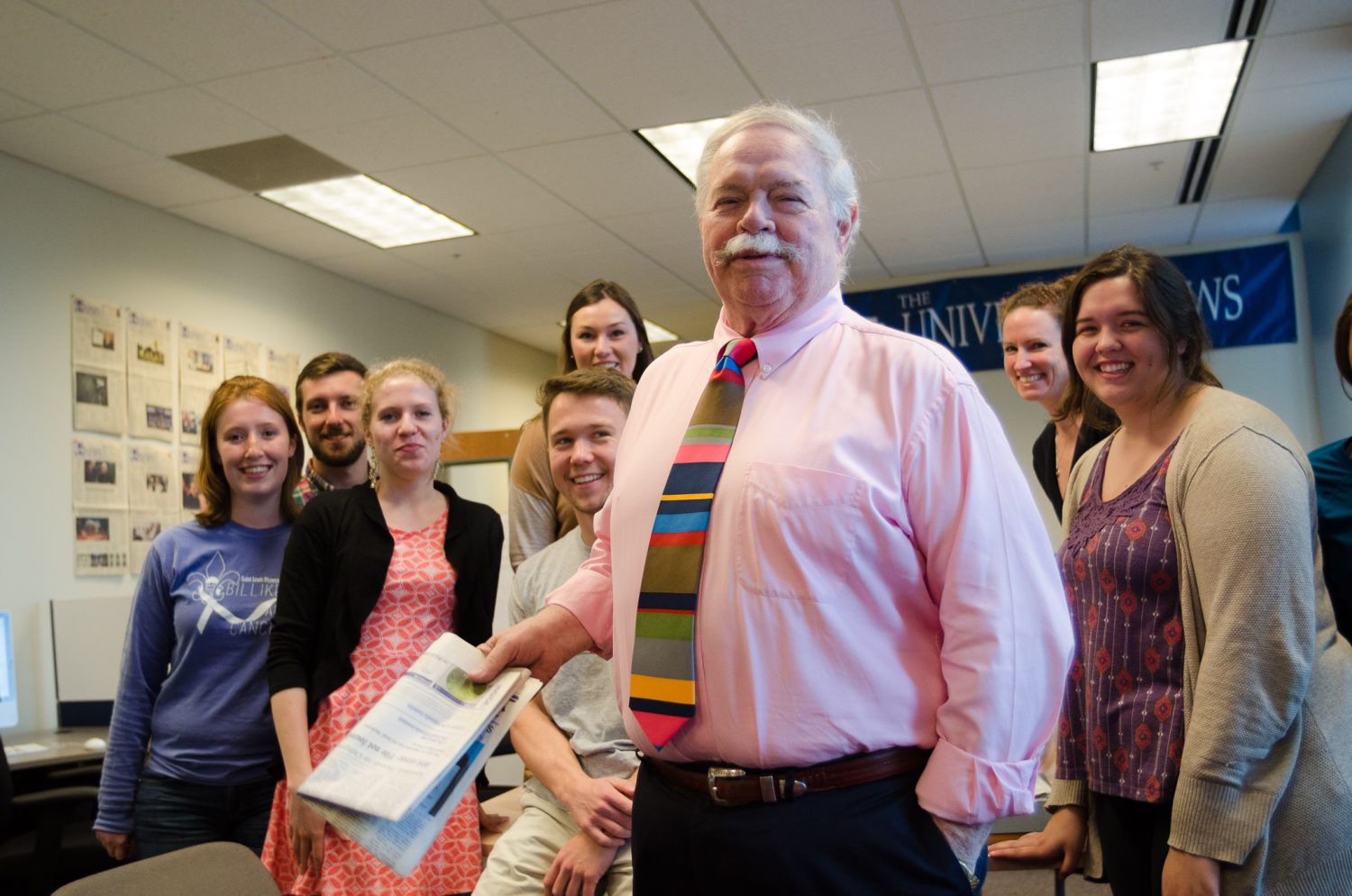Valentine’s Day–a day filled with red and pink, chocolate, flowers and, for those lucky few, diamonds. As pretty as the sparkling gem is, beneath its clear exterior lies a bloody history.
Conflict diamonds are used to buy weapons in conflicts, which are oftentimes used against innocent civilians. The majority of the world’s conflict diamonds come from three war-torn countries in Africa: Sierra Leone, Angola and the Democratic Republic of Congo.
In Sierra Leone, for example, the Revolutionary United Front (RUF) has been fighting for control of the diamond mines and has employed particularly brutal tactics to do so.
Since 1991, Sierra Leone has been in the midst of a civil war so dangerous that journalists were pulled out of the area, and until 2001 even the bravest humanitarian organizations would not enter the area.
Around 20,000 people have been mutilated–arms, legs or hands (sometimes all) chopped off by the RUF–and another 50,000 to 75,000 have been killed. The area is full of child soldiers forced into killing and mutilating others, and the drugs flow freely.
Although a fragile peace currently has taken hold in Sierra Leone and Angola, the rebels are still active and are still using the diamond trade to buy weapons and fund their killing.
In the Democratic Republic of Congo, where one of the worst humanitarian crises in the world is currently unfolding, money from diamonds is supporting the fighting rebel groups.
This, truly, is a horrific situation. Thousands of Americans may be unwittingly supporting these conflicts by spending thousands of dollars on beautiful diamond rings, necklaces and bracelets. The cost of the diamond ring may be several hundred, but the loss in life and limbs cannot be calculated.
As if the carnage in Africa is not bad enough, since 1998 Al Qaeda has also been using the diamond trade to fund their terrorist activities and launder money. The London Financial Times reported that Al Qaeda laundered up to $20 million through the diamond trade. We all know what horrors Al Qaeda supported with that money.
Clearly, conflict diamonds are not something to be apathetic about. In the midst of all this information about the horrors in war-torn Africa and of terrorist activities, what can we do?
Currently, 65 percent of the world’s diamonds are bought by Americans, and as a large consumer market, we have the ability to affect change in the diamond business. After all, Americans do not want the baubles they purchase for each other to be complicit in the killings and torture of other people.
Conflict diamonds merited enough attention for the diamond industry to begin taking steps to ensure that the blood of innocent Africans does not stain the diamonds we buy by creating the Kimberley Process.
The Kimberley Process tries to establish a system of global diamond certification that will ensure that all diamonds traded are “clean.”
In November 2001 the House of Representatives passed the Clean Diamond Act (H.R. 2722); however, the bill passed was much weaker than the original. Subsequently, a stronger bipartisan bill was introduced in the Senate (S. 2027) in March 2002. However, the bill has languished in the Senate, and no action has been taken.
If S. 2027 passes, then only “clean” diamonds would be allowed to enter the U.S. market, thus assuring that the diamonds American consumers buy are not tainted. In addition, it will protect the legitimate diamond sellers of other African countries who use diamond revenues to fund social services, like education and medical care.
Call your senator and urge him or her to support S. 2027. Diamonds are forever, but bloodstained conflict diamonds do not have to be.
Lubna Alam is a senior studying history.



